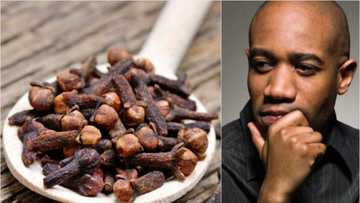Economic importance of fungi in commercial agriculture
Fungi are one of the most significant organisms in the environment. They are hidden from the naked eyes but their effects and impact are very evident and plenty. Learn more about fungi and the economic importance of fungi in commercial agriculture in this article.
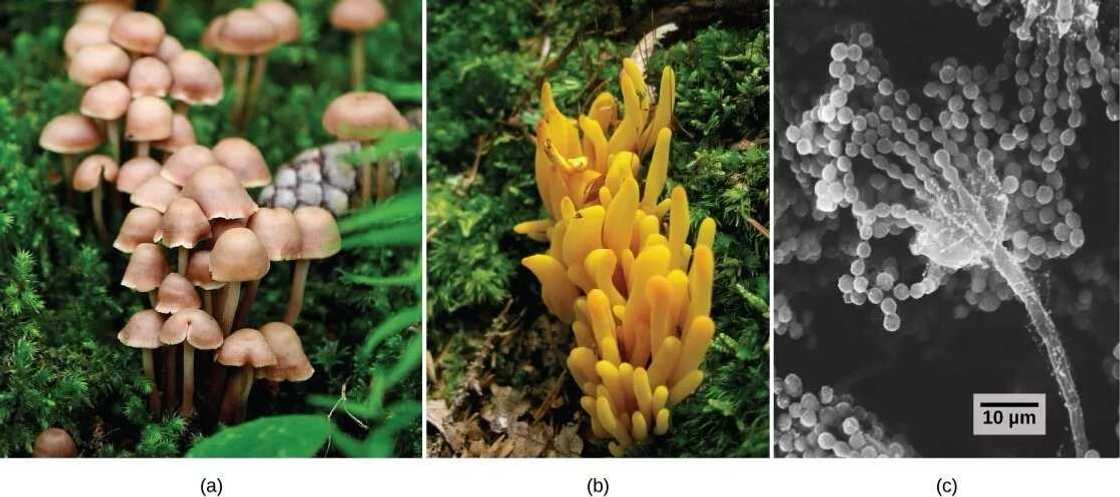
What are fungi?
Fungi are a group of eukaryotic organisms. They include microorganisms like moulds, yeasts, and mushrooms. Fungi are very different from other living organisms. One thing that separates them from other living cells is the presence of chitin in their cell walls. Like other heterotrophs, they get their food by secreting digestive enzymes into their environment to dissolve molecules and then absorb them. They are the primary decomposers of substances in the ecological system.
Types of fungi
There are different types of fungi within the fungi kingdom. Based on their structure, there are three types of fungi commonly seen.
Yeasts
They are unicellular fungi. Examples in this category include:
● Saccharomyces cerevisiae, also known as Brewer’s or baker’s yeast.
● Saccharomyces boulardii – They can be found in the intestine as normal flora.
● Pityrosporum ovale – Can be found on the skin as normal flora. Has the ability to become pathogenic.
● Candida Albicans – It is also present in the mouth, oesophagus, bowel, and axil. Can also become infectious if the immunity system is compromised.
● Cryptococcus neoformans
READ ALSO: Economic importance of algae
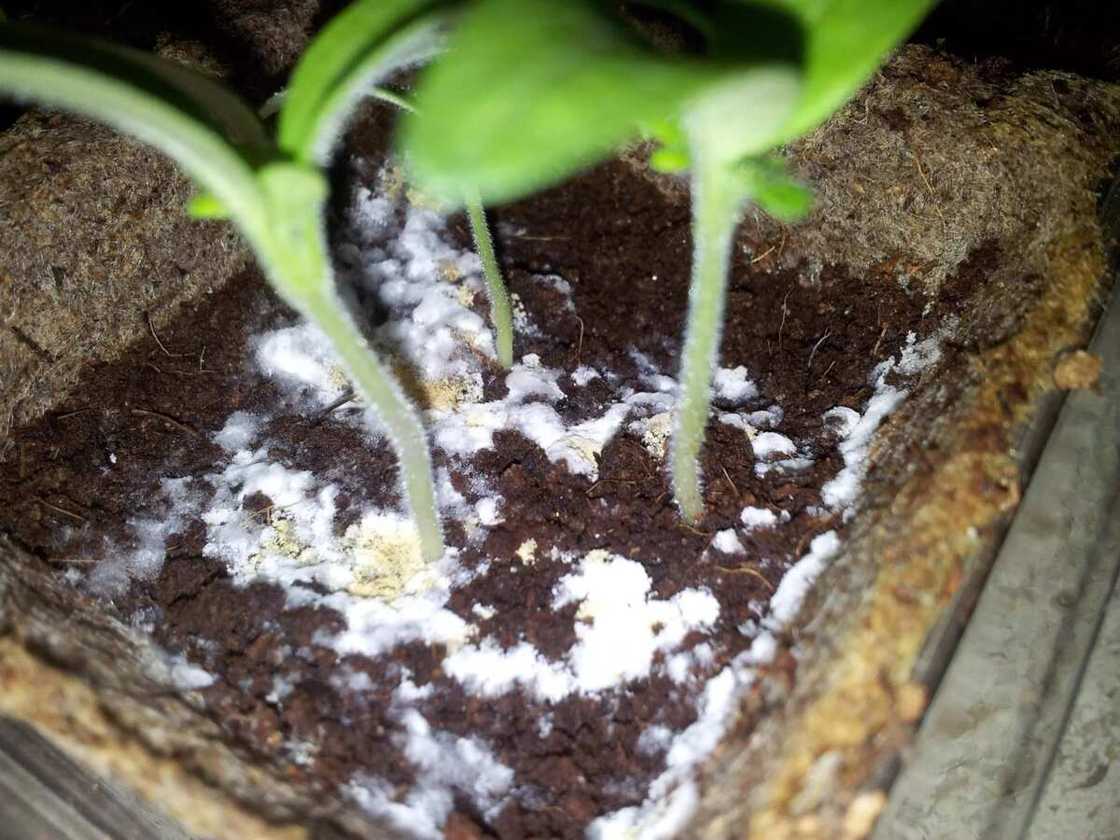
Moulds
They are a multicellular group of fungi. Common in this group are:
● Penicillium
● Aspergillus
● Mucor
● Rhizopus
Moulds can grow on walls, paper, leather, clothes, plants, etc. When this happens, it is called mildew.
Mushrooms
These are a fleshy fungus that grows on soil and trees.

Economic importance of fungi in commercial agriculture
The economic importance of fungi refers to both the advantages and disadvantages of fungi. Fungi are one of the most important microorganisms in our environment. The play a number of important roles in medicine and in commercial agriculture. The uses of fungi are numerous. They are used in production industries like bakeries and breweries, in food processing, in medicines, etc. But our focus in this article is only on the economic importance of fungi in agriculture.
As we said earlier, we have both the advantages and disadvantages of fungi. Let’s first look at the benefits of fungi in agriculture.

Advantages
1. Some fungi found in the soil are beneficial in commercial agriculture because their activities help to maintain soil fertility. Saprophytic fungi in acidic soils with low bacterial activities cause decay and help decompose dead plants and their waste. They take up the complex organic compounds by secreting enzymes. These enzymes convert the complex organic compounds into simpler ones like ammonia, hydrogen sulphide, carbon dioxide, water, etc. Some of these simpler compounds are absorbed back into the soil to form humus. The rest into the air where they are used again by plants for synthesis. Most saprophytic fungi involved in decay maintain a constant cycle of carbon dioxide which is the very important for plant photosynthesis.
2. Some fungi attach to the roots of some plants and help them in taking up nutrients from the soil. This is known as mycorrhizal association. These plants can only grow to satisfaction when mycelium of the fungal partner is present in the soil. Mycorrhiza present in the soil helps in the development of good soil structure. They join small soil particles together to form bigger ones.
3. Gibberellin is a plant hormone that can be isolated from the fungal strain, Gibberella fujikuroi. This hormone regulates growth and influences different processes of plant development. These processes include stem elongation, germination, dormancy, leaf and fruit senescence, and flowering.
4. Fungal strains such as Empusa sepulchrasis, Metarrhizium anisopliae, Cordyceps melothac, etc. help to control a lot of insect pests.
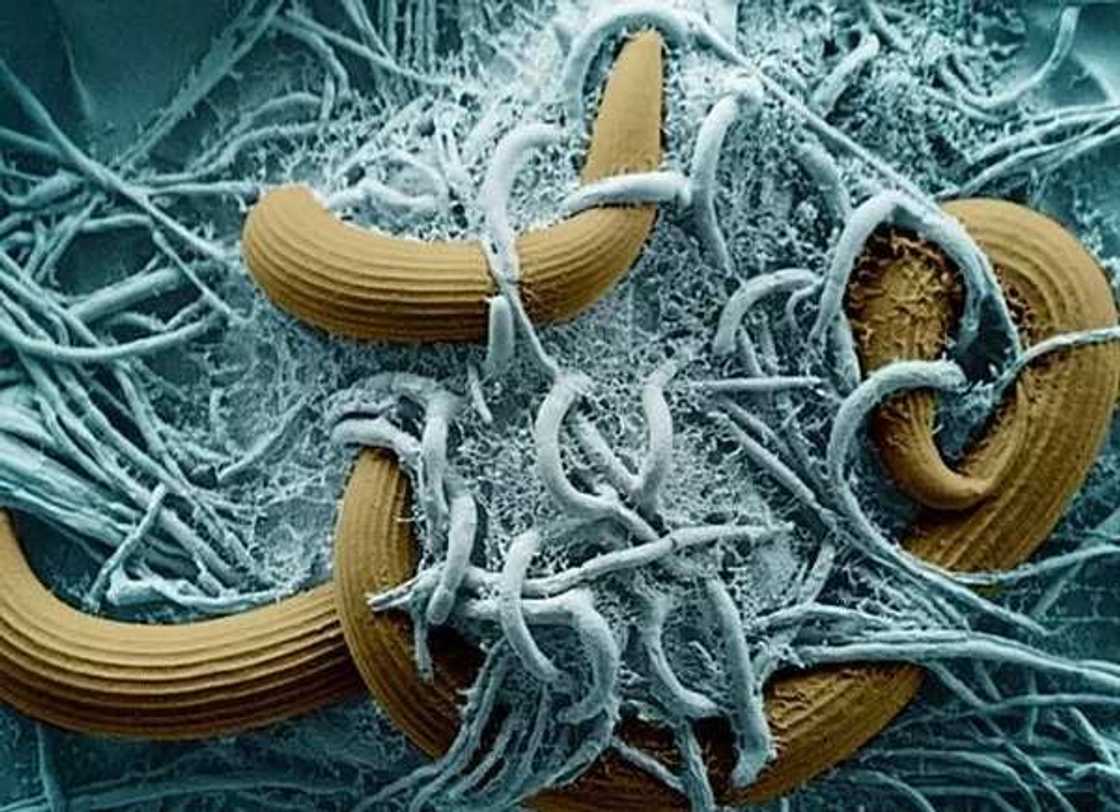
5. Some fungal strains prevent diseases caused by some other fungi found in the soil. For example, Trichoderma lignorum and Gliocladium fimbriatum inhibit the mycelium of Pythium from growing. They suppress the fungi that are responsible for damping off disease of seedlings.
6. Some fungi can be used to control some insect pest. Others are parasitic to some insect especially, some spore forming ones. The fungi spores are sprayed on the crop pest to control them. Colorado potato beetles, citrus rust mites, and spittlebugs are examples of insect pest that can be controlled using fungi.
7. There are types of fungi found in soil which are predators to nematodes. These types of fungi form loops on their mycelium which traps and strangle nematodes as the attempt to pass through. They later absorb nutrition from the nematodes.
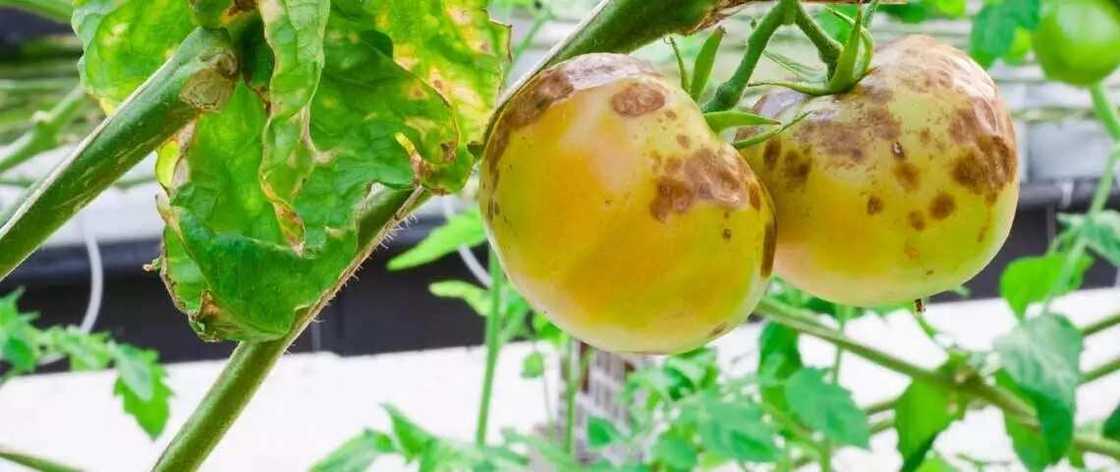
Disadvantages
1. The first major negative impact of fungi on commercial agriculture are diseases. They cause different diseases both in crops and animals. They can be very fatal and can result in economic losses. The most common and significant crop diseases caused by fungi are:
● Damping off disease which affects seedlings of almost all types of crops e.g. tomatoes, beans, spinach, peas, mustard, cotton, tobacco, etc.
● The potato blight which can result serious economic loss of potato tubers. It can also affect tomatoes and egg plants.
● Downy mildews of grapes.
● Ergot disease of rye.
● Apple scab. It reduces the quality and quantity of the fruit produced.
● Brown rot of stone fruits. It affects fruits like cherries, peaches, apricots, and plums.
● Diseases of cereal crops like wheat, oat, corn, etc. Reduces the quality and yield of the grains.
● Red rot disease of sugarcane.
● Rust diseases. They affect cereals and timbers.
● Blackarm, Wilt and root rot of cotton.
● Pore fungi. The disease affects timbers making them rot.

2. Fungi like Fusarium negundi, Lentinus lapidens, Polyporus, Penicillium divaricatum, and Serpula lacrymans affect timbers production. They reduce the mechanical strength of the wood and makes them useless.
3. Also, paper pulp woods can be destroyed by some fungi species.
4. They also cause spoilage of food and stored crops which can result in a severe loss.
Looking at everything written above, we can see that fungi are very important in our ecological system. Not just in agriculture but in every aspect of our lives. So you should appreciate and also take note of them. Some types of fungi, if used properly can help you to get bigger crops.
READ ALSO: Importance of sanitation in food industry
Source: Legit.ng







